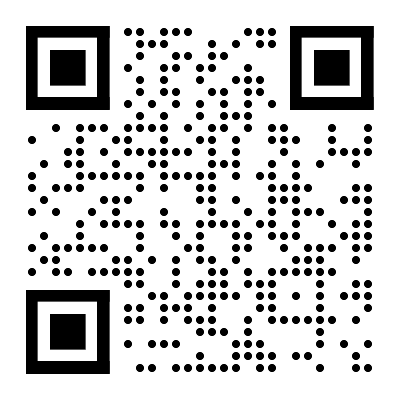
微信扫一扫联系客服

微信扫描二维码
进入报告厅H5

关注报告厅公众号
The playbook policymakers have used over the past year draws heavily from lessons learned in the aftermath of the global financial crisis (GFC). Central banks adapted unconventional programs initiated during the GFC to aggressively limit the spillover from lockdowns into funding and credit markets. Their crisis management efforts proved remarkably effective, helping set the stage for a historic global growth bounce in 2H20. However, even after this bounce, the global economy still stands roughly 4% below its pre-pandemic potential growth path as it enters 2021, with core inflation ending the year at a record-low 1.1%oya (Figure 1).
Central banks have also learned from the post-GFC expansion. Disappointing growth, below-target inflation, and a low and declining r* posed persistent challenges over the last expansion. As a result, central banks are committing more aggressively to a low-for-very-long stance through rate policy, QE, and guidance. Policy rates are anchored to the effective lower bound and asset purchases are damping long-term bond yields. Complementing these actions is forward guidance that breaks from the past in two ways. First, central banks are signaling accommodation will be in place longer than in the past, as they eschew Phillips curve-based forecasts and await inflation realizations that align with their objectives. Second, they are encouraging a modest inflation overshoot in an attempt to reverse the past decade’s slide in inflation expectations.
Facing significant slack and low inflation, central bank strategies designed to battle the challenges from the last expansion seem reasonable. But history rarely repeats and different challenges likely lie ahead. Recent shifts in fiscal policy suggest DM governments are unlikely to tighten as they did in 2011-14. In addition, financial sector drags that depressed growth in the last expansion contrast with current financial market buoyancy. As these developments interact with a gradual move toward mass vaccination, the prospects for a period of strong and sustained global growth look good.
相关报告
国际投行报告-全球芯片行业:芯片的冲突-台积电、三星和英特尔(英)
4447
类型:行研
上传时间:2022-06
标签:投行报告、芯片、冲突)
语言:英文
金额:5积分
HSBC-中国房地产和物业管理行业2022年展望-2021.11.9-75页
3788
类型:行研
上传时间:2021-11
标签:投行报告、房地产、物业)
语言:英文
金额:5积分
汇丰-中国汽车芯片
3694
类型:行研
上传时间:2022-07
标签:汽车、芯片、投行报告)
语言:英文
金额:5积分
HSBC-全球投资策略之未来城市:城市化形态的变化-2021.4-54页
2667
类型:策略
上传时间:2021-05
标签:投行报告、未来城市、城市化)
语言:英文
金额:5积分
瑞信-2021年全球财富报告(英)
2543
类型:专题
上传时间:2021-06
标签:全球财富、投行报告)
语言:英文
金额:5积分
瑞信-2022全球投资展望:股票、地区和宏观-2021.11.17-194页
1891
类型:宏观
上传时间:2021-11
标签:投行报告、2022投资展望、宏观经济)
语言:英文
金额:5积分
瑞信-全球半导体行业:中国集成电路产业的不均衡崛起-2021.1.20-184页
1738
类型:行研
上传时间:2021-01
标签:半导体、中国集成电路、投行报告)
语言:英文
金额:5积分
瑞信-全球财富报告2020-2020.10-56页
1701
类型:专题
上传时间:2020-10
标签:全球财富、投行报告)
语言:英文
金额:5积分
瑞信-中国能源行业-中国氢能源:如何更好地发挥中国氢主题-2021.3.15-118页
1536
类型:行研
上传时间:2021-03
标签:能源、氢能源、投行报告)
语言:英文
金额:5积分
中国投资策略之2021年中国的十大问题-2021.1.8-36页
1445
类型:策略
上传时间:2021-01
标签:中国投资、2021、投行报告)
语言:英文
金额:5积分
积分充值
30积分
6.00元
90积分
18.00元
150+8积分
30.00元
340+20积分
68.00元
640+50积分
128.00元
990+70积分
198.00元
1640+140积分
328.00元
微信支付
余额支付
积分充值
应付金额:
0 元
请登录,再发表你的看法
登录/注册